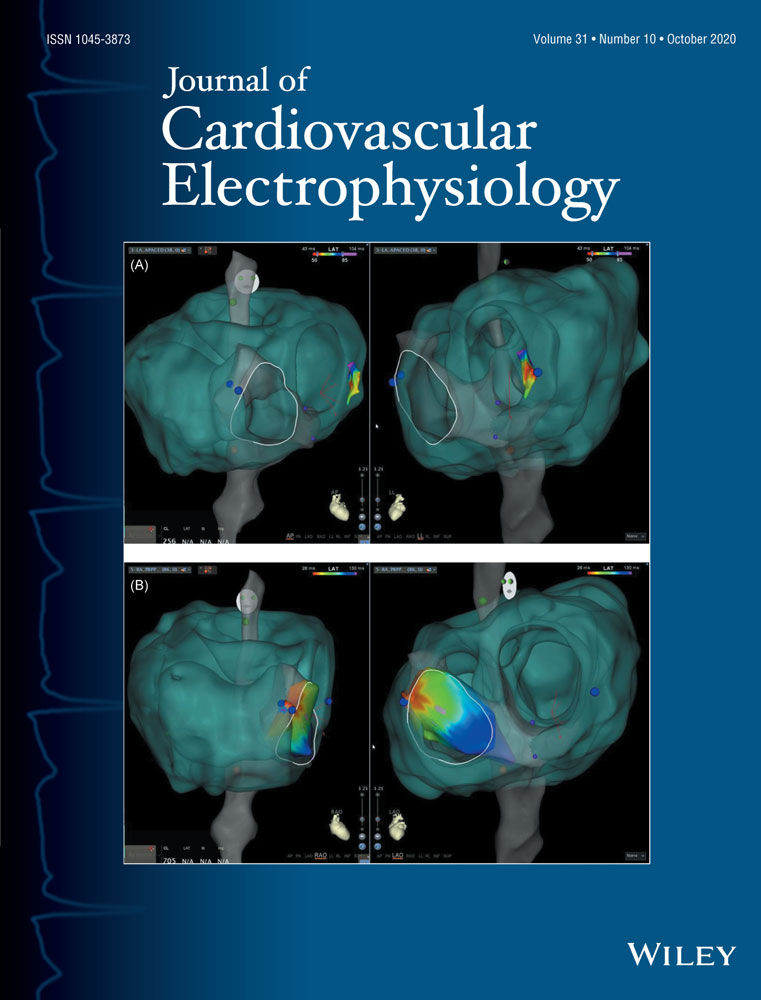His-bundle pacing: A novel treatment for left bundle branch block-mediated cardiomyopathy
Disclosures: Gopi Dandamudi is a consultant and on the advisory board for Medtronic Inc and on the advisory board for Biotronik Inc. Other authors: No disclosure.
Abstract
Background
Chronic left bundle branch block (LBBB) can lead to LBBB-mediated cardiomyopathy from left ventricular dysynchrony. His-bundle pacing (HBP) results in direct electrical synchrony using the native His-Purkinje system, providing a novel treatment for this cardiomyopathy.
Objective
To assess the feasibility of HBP for cardiac resynchronization therapy (CRT) in LBBB-mediated cardiomyopathy patients.
Methods
Retrospective database review was conducted on patients who underwent CRT by the HBP capable provider at Indiana University Health and Eskenazi Hospital from August 2015 to August 2017. A subset of patients who met the predefined syndrome criteria of LBBB-mediated cardiomyopathy who underwent HBP were identified. Clinical, echocardiographic, and electrocardiographic variables were extracted at baseline and follow-up.
Results
Nine patients had cardiomyopathy and LBBB. Among those two were lost to follow-up. Seven patients were included in the analysis. The average time from device implantation to the last follow-up was 14.5 months. Left ventricular ejection fraction improved on average from 25% to 50% (p = .0001). The left ventricular end-systolic dimension decreased from 47 to 37 mm (p = .003) and the left ventricular end-diastolic dimension decreased from 55 to 48 mm (p = .03). QRS duration with HBP-CRT decreased from 152 to 115 ms. New York Heart Association classification improved from an average of 2.7–2.
Conclusion
HBP is a viable technique for pursuing CRT in patients with LBBB-mediated cardiomyopathy.




